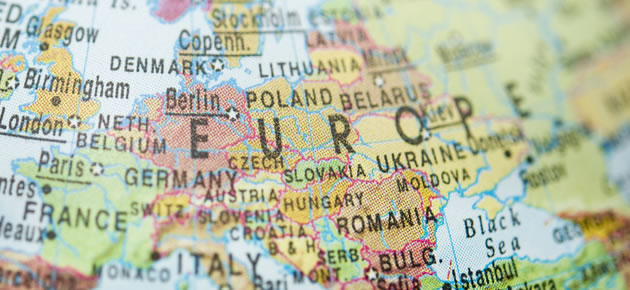Although Friday’s gains in the commodity markets supported the Australian Dollar over the weekend, the currency struggled to find a firm footing against the Euro.
The ‘Aussie’ also put in a patchy performance against the US Dollar on Monday as unrest in Ukraine and Vietnam sparked a risk-off environment.
As forex expert David de Ferranti observed; ‘The marginal declines in the Australian and New Zealand Dollars are likely to be ties to broad-based risk aversion, which tends to weigh on the high-yielding currencies. If we see the pullback in US equities continue, a drive to safe haven plays could see the Aussie finally drop back below the 93 US cents level.’
The situation in Ukraine has long been a cause for concern, but now investors are also focusing on the news that China is deploying five ships to Vietnam in order to evacuate Chinese nationals after Vietnamese officials brought violent anti-China protests to an end.
Meanwhile, reports emerged that Ukrainian forces were engaged in conflict with insurgents in the east of the nation. Over the last eight days the dissenters have consolidated their position by appointing their own administration. The level of violence against government soldiers has also stepped up a gear.
With such a tense backdrop to contend with, higher-risk currencies like the Australian and New Zealand Dollars have struggled and even though the Euro is under pressure of its own the common currency advanced on its South Pacific rivals.
A lack of pertinent economic data for Australia also limited movement in the local currency overnight.
As the day progresses some modest Euro to AUD fluctuations could be triggered by Eurozone construction output data for March.
In February construction output increased by 0.1 per cent month-on-month and 6.7 per cent year-on-year.
Overnight Australia will be releasing its conference board leading index and minutes from the Reserve Bank of Australia’s May policy meeting.
If the minutes contain any references to the adverse impact of a strong domestic Dollar the ‘Aussie’ could soften.
In the week ahead the Australian economic reports to be aware of include; Westpac consumer confidence index, wage cost index and consumer inflation expectations.
Fluctuations in the Euro to Australian Dollar exchange rate are more likely to be occasioned by economic news from the Eurozone, including the region’s consumer confidence data, manufacturing/services PMI and German growth figures.
As China is Australia’s main trading partner the nation’s HSBC manufacturing PMI (due out on Thursday) will also be of particular interest.
Euro (EUR) Exchange Rates
[table width=”100%” colwidth=”50|50|50|50|50″ colalign=”left|left|left|left|left”]
Currency, ,Currency,Rate ,
Euro,
Euro,
Euro,
Euro,
Euro,
[/table]
